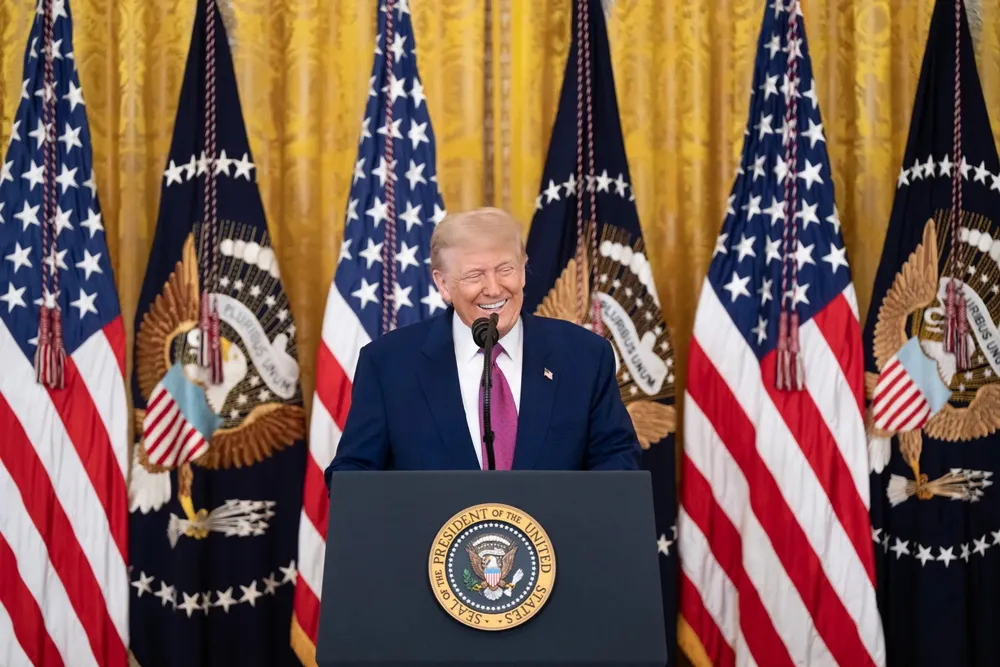Trump rescinds all US offshore wind areas most suitable for future lease sales
The 'de-designation' move caps industry growth to projects under construction and any development in areas leased

President Donald Trump’s administration on Wednesday announced it is revoking all wind energy areas (WEAs) in federal waters selected off the US east and west coasts and in the Gulf of Mexico for future lease sales.
The Bureau of Ocean Energy Management (BOEM) is “ending the federal practice of designating large areas of the outer continental shelf for speculative wind development,” the Department of Interior (DoI) said in a statement.
BOEM, a DoI agency that directly oversees offshore wind activity beyond state territorial limits, is “de-designating” more than 3.5 million acres (14,164 sq km) of unleased federal waters deemed most suitable for development by former President Joe Biden’s administration.
These areas are spread across the California and Oregon coasts, Central Atlantic, Gulf of Maine, Gulf of Mexico, and New York Bight off Long Island and New Jersey.
Today's action was not entirely unexpected. On Tuesday, DoI said it was ending "special treatment" for energy resources viewed by the Trump administration as "unreliable," specifically citing wind.
"This includes evaluating whether to stop onshore wind development on some federal lands and halting future offshore wind lease sales," DoI said.
Trump's ongoing assault against wind and to a lesser extent, solar, runs counter to polling that shows a clear majority of Americans support an all-of-the-above federal policy that embraces both clean energy and fossil fuels, mainly oil and natural gas.
Biden took the same one-sided approach, citing climate change to impose partisan policies that sought to eradicate carbon from power generation and transportation on a compressed timeframe most Americans opposed.
Offshore wind is an easier target than onshore wind and solar for Trump to hobble because development takes place almost entirely in federal waters under executive branch control.
It also lacks a mature domestic supply chain, leaving it almost wholly dependent on sourcing in Europe, which is in Trump's crosshairs on trade and other issues. The US and European Union on Sunday announced a trade agreement that includes his administration setting a baseline 15% tariff for European goods.
It was not immediately clear if the deal would lower Trump's 50% tariff on steel and aluminum, two key materials used by the sector here. Higher tariffs have made offshore wind development costlier and less competitive with other resources.
Various European companies have written off US investments and some have exited a sector whose outlook is grim through the balance of Trump's second and final four-year term.
(Copyright)